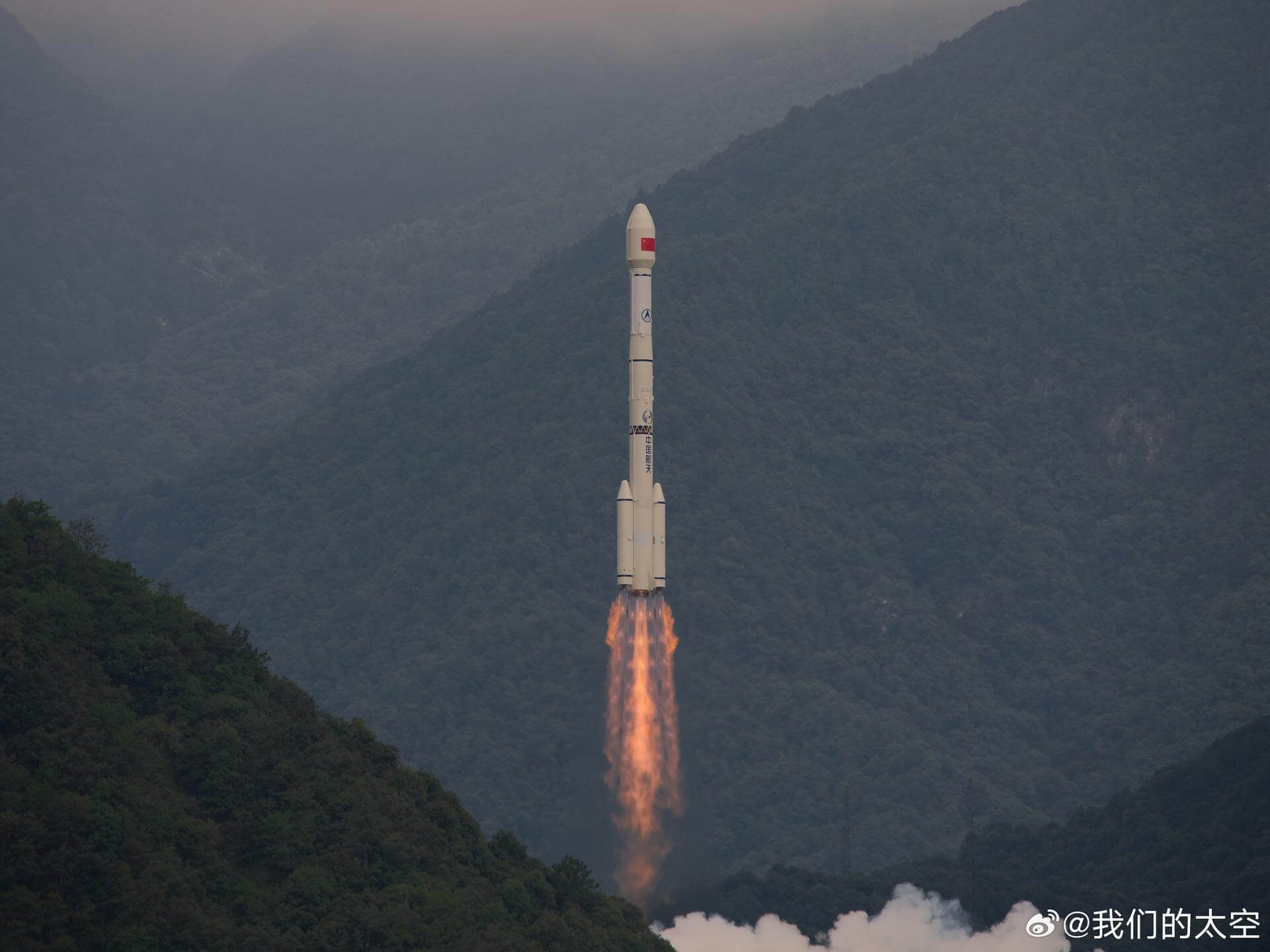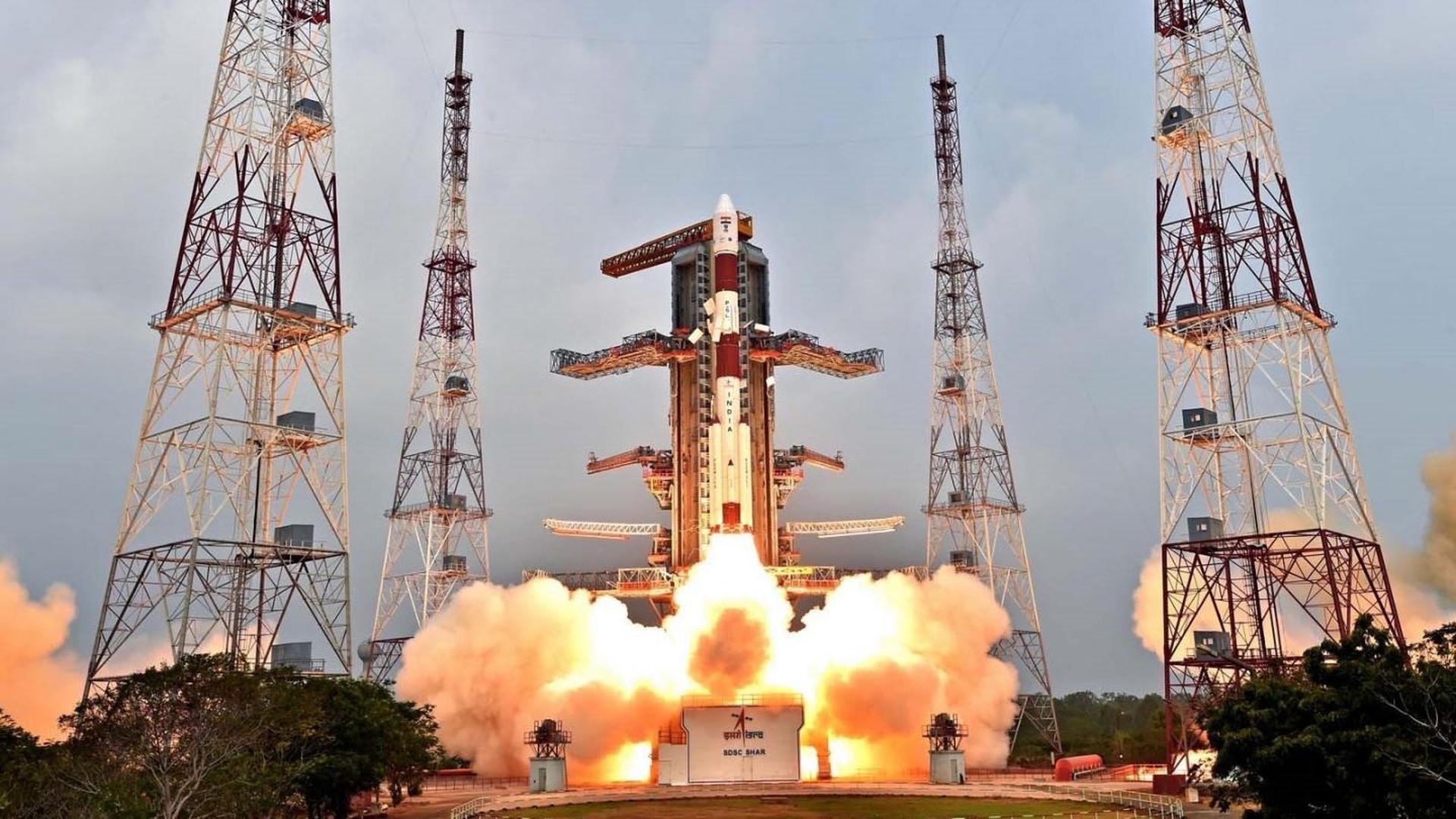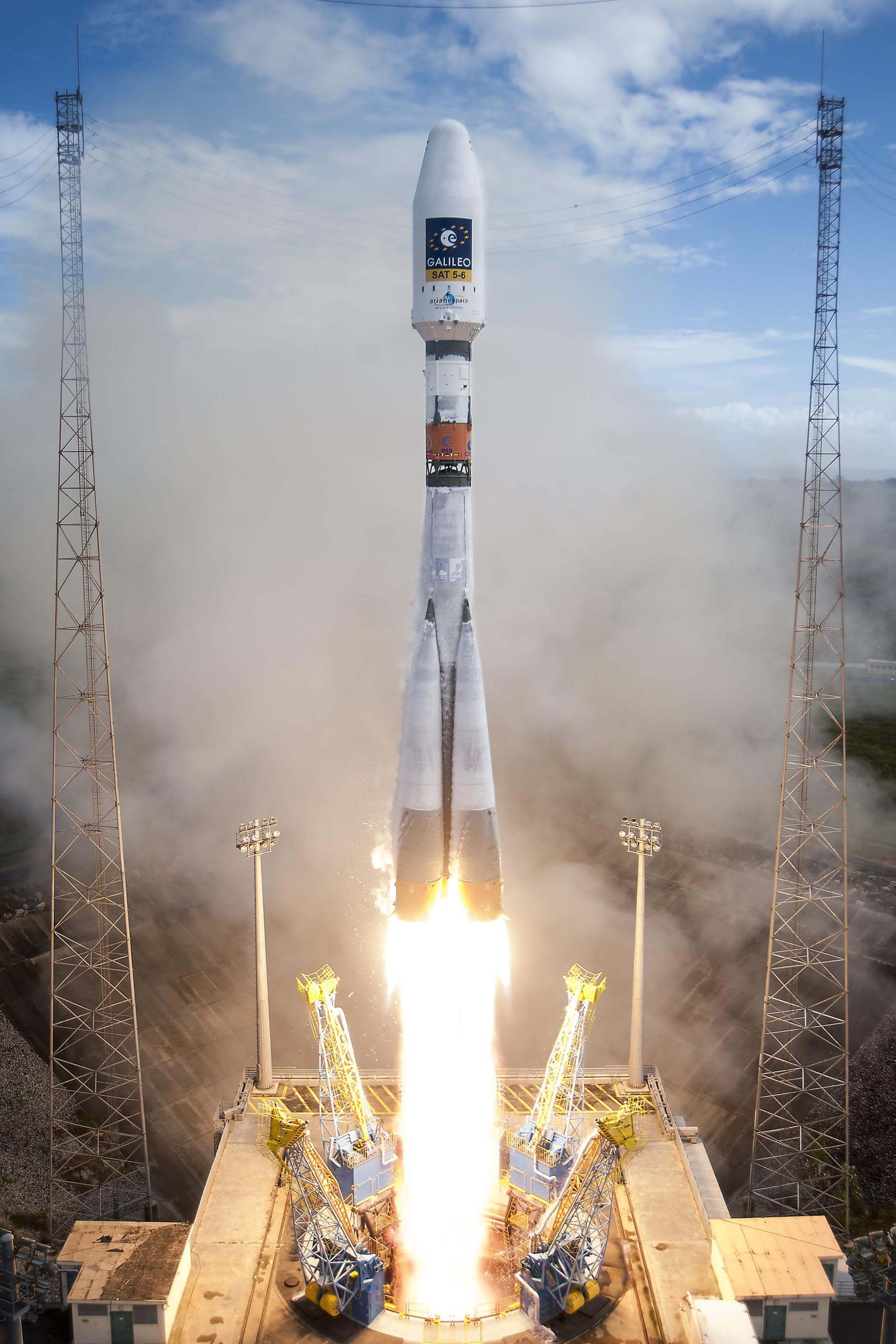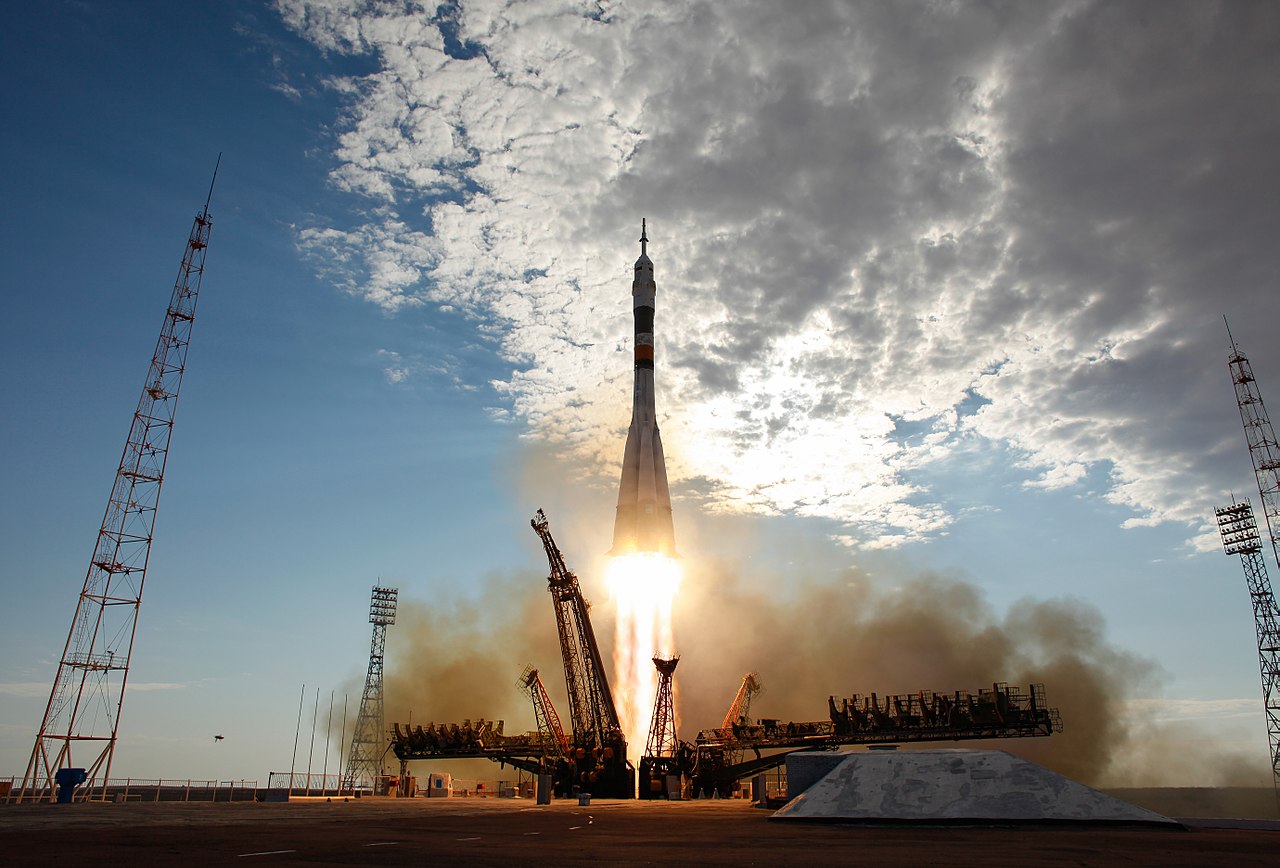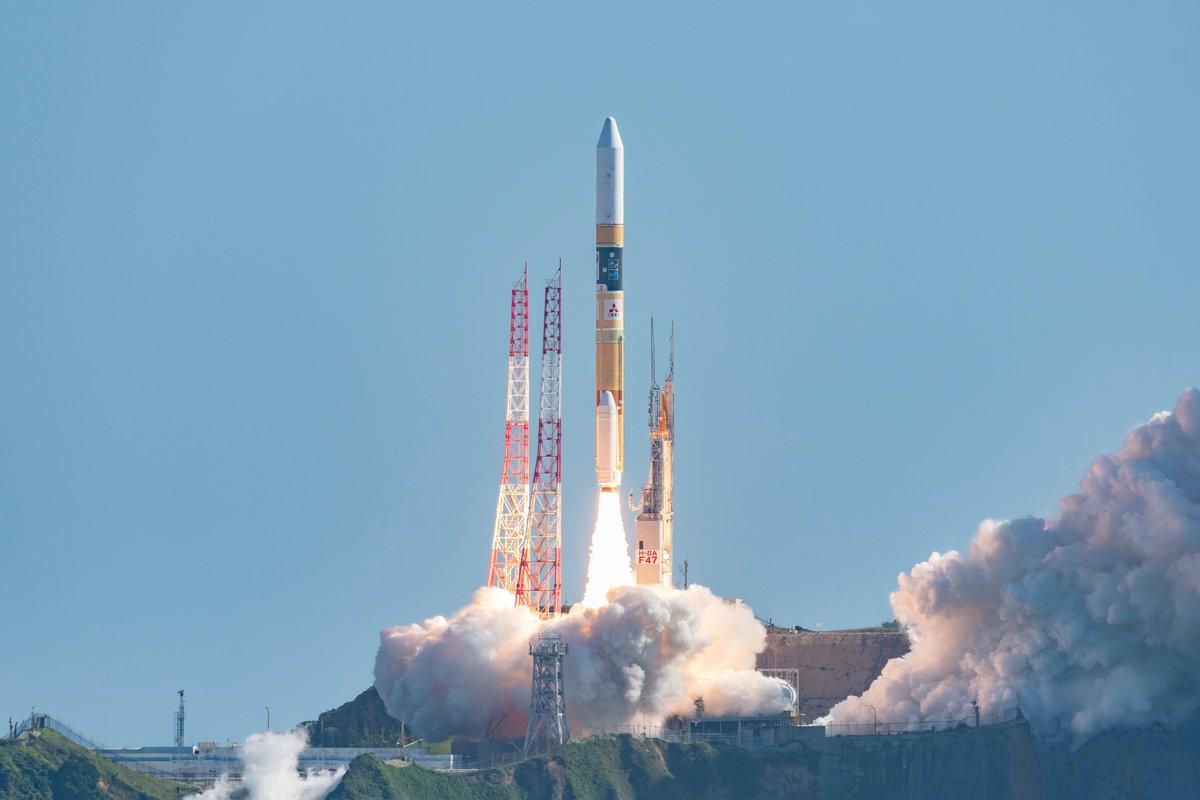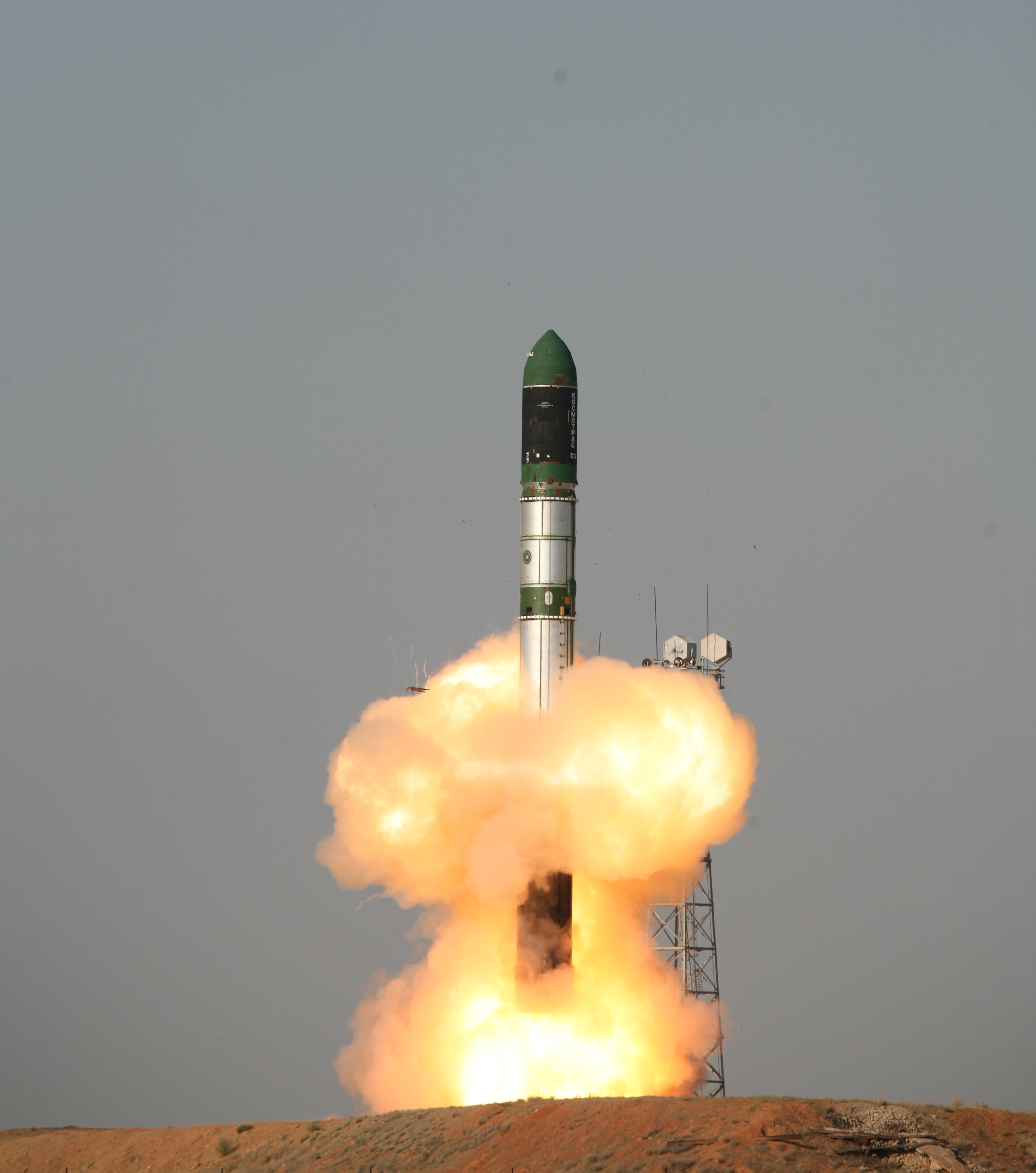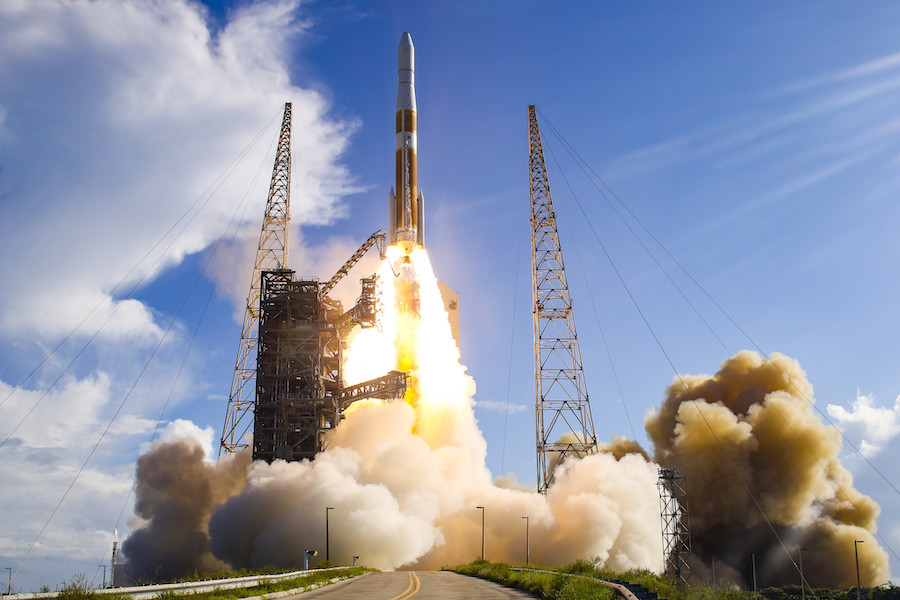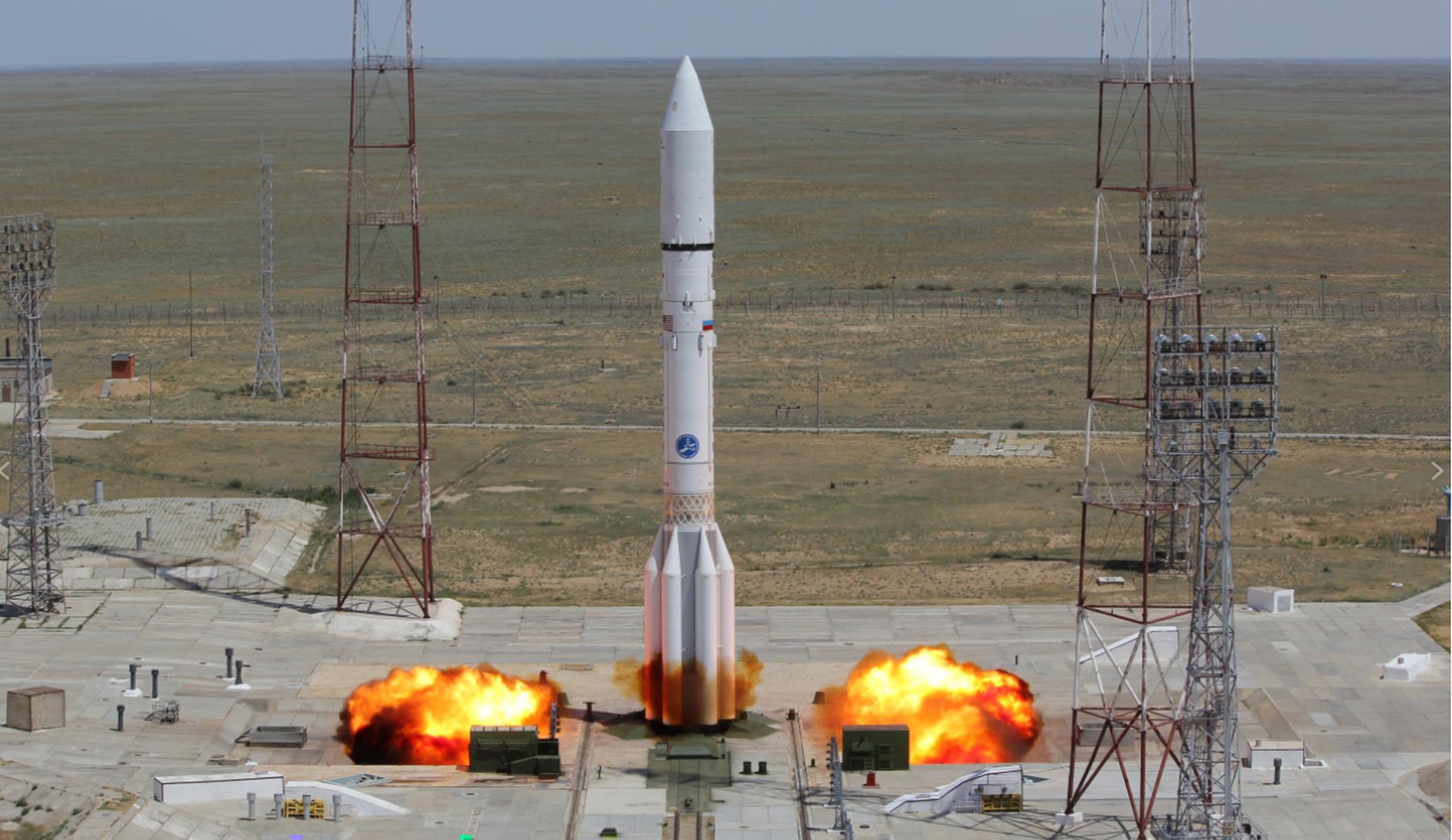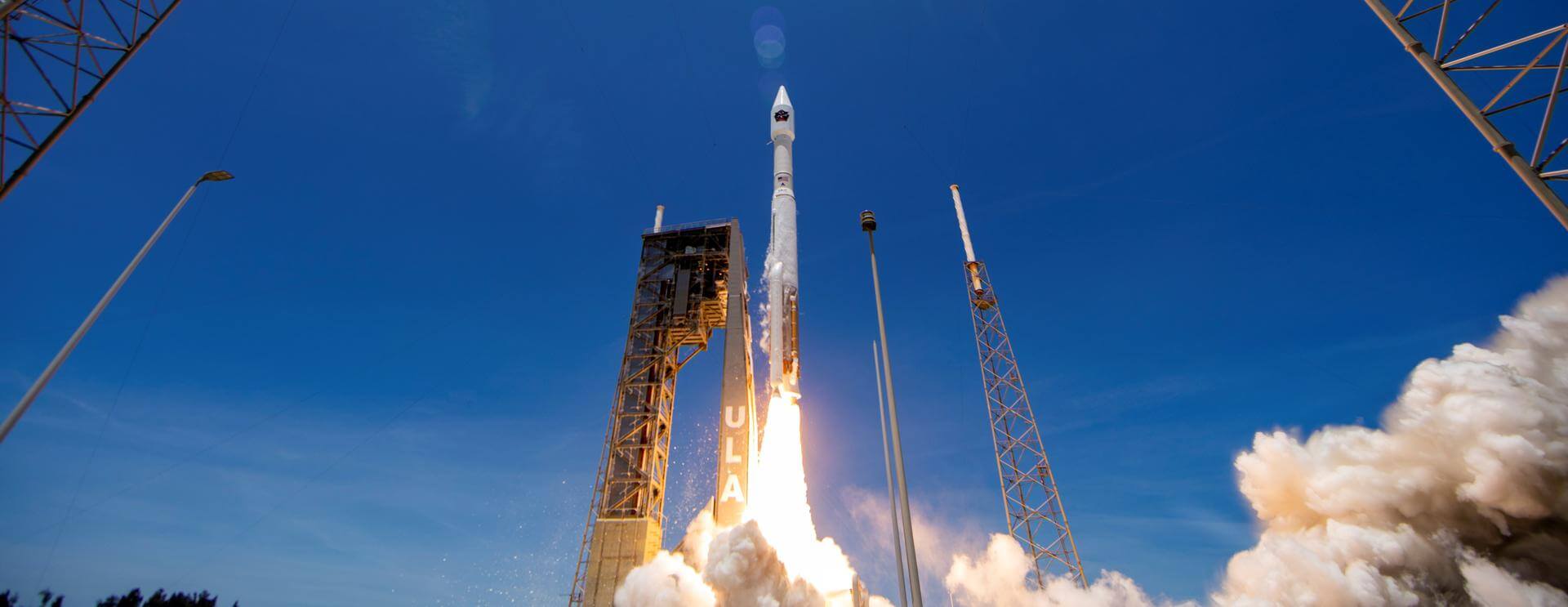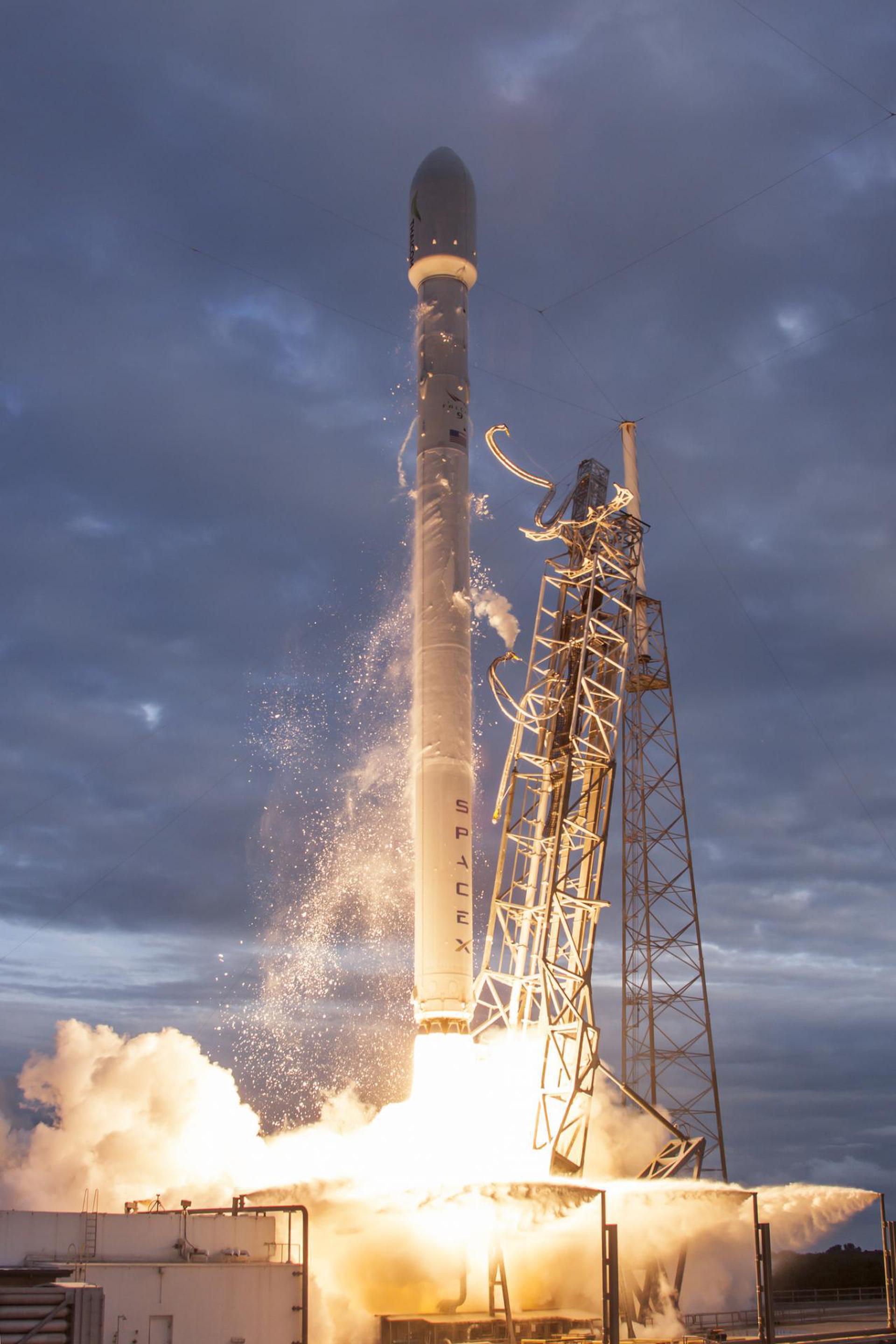Previous Spaceflight Launches
Filter by Agency, Locations or Vehicles
Show All LaunchesLong March 3C/YZ-1 | BDS I1-S
China Aerospace Science and Technology Corporation | ChinaXichang Satellite Launch Center, People's Republic of China
March 30, 2015, 1:52 p.m.
PSLV XL | IRNSS-1D
Indian Space Research Organization | IndiaSatish Dhawan Space Centre, India
March 28, 2015, 11:49 a.m.
Soyuz STB/Fregat | Galileo L4 (FOC FM03-FM04)
Progress Rocket Space Center | RussiaGuiana Space Centre, French Guiana
March 27, 2015, 9:46 p.m.
Status: Launch Successful
Mission:
The 3rd and 4th Full Operational Capability satellites will be the 7th and 8th Galileo satellites launched, alongside the 2 FOC and 4 IOV spacecraft already in orbit. The Galileo constellation is ESA's satellite navigation system and is expected to be completed by 2020. Galileo will provide Europe with an alternative to the American GPS and Russian GLONASS constellations, but will be interoperable with both systems.
Medium Earth OrbitSoyuz FG | Soyuz TMA-16M
Progress Rocket Space Center | RussiaBaikonur Cosmodrome, Republic of Kazakhstan
March 27, 2015, 7:42 p.m.
Status: Launch Successful
Mission:
Soyuz TMA-16M begins expedition 43 by carrying 3 astronauts and cosmonauts to the International Space Station. Russian Commander, cosmonaut Gennady Padalka alongside Flight Engineers, Scott Kelly & Mikhail Korniyenko will launch aboard the Soyuz spacecraft from the Baikonur Cosmodrome in Kazakhstan and then rendezvous with the station. It landed on 12 September 2015 00:51 UTC
Low Earth OrbitH-IIA 202 | IGS Optical 5
Mitsubishi Heavy Industries | JapanTanegashima Space Center, Japan
March 26, 2015, 1:21 a.m.
Dnepr 1 | KOMPSat-3A
ISC Kosmotras | RussiaDombarovskiy, Russian Federation
March 25, 2015, 10:08 p.m.
Delta IV M+(4,2) | GPS IIF-9 (USA-260)
United Launch Alliance | United States of AmericaCape Canaveral SFS, FL, USA
March 25, 2015, 6:36 p.m.
Proton-M Briz-M | Ekspress AM7
Khrunichev State Research and Production Space Center | RussiaBaikonur Cosmodrome, Republic of Kazakhstan
March 18, 2015, 10:05 p.m.
Atlas V 421 | MMS
United Launch Alliance | United States of AmericaCape Canaveral SFS, FL, USA
March 13, 2015, 2:44 a.m.
Falcon 9 v1.1 | Eutelsat 115 West B & ABS-3A
SpaceX | United States of AmericaCape Canaveral SFS, FL, USA
March 2, 2015, 3:50 a.m.
Status: Launch Successful
Mission:
These are both geostationary communication satellites, with Eutelsat 155 West B providing coverage in the Americas, and ABS-3A providing coverage in the Americas, the Middle East, and Africa.
Geostationary Transfer Orbit B1014 - Maiden Flight Atlantic Ocean